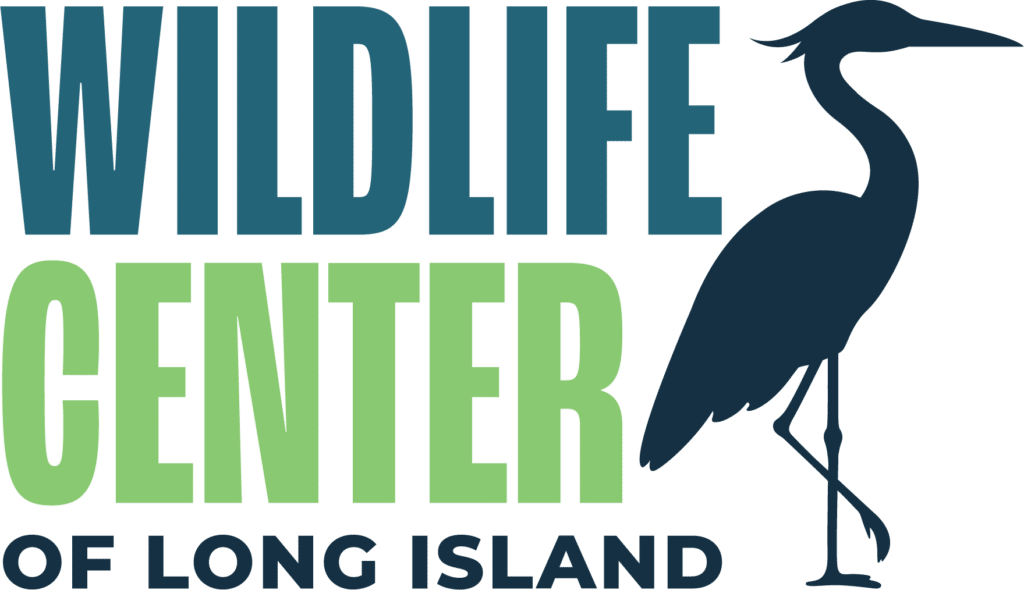Opossums on Long Island
Virginia Opossums are North America’s only marsupial, this means they have a pouch to carry around their offspring until they are old enough to move around on their own. They have long prehensile tails they use to grip and balance while climbing. They also have 5 toes with sharp nails on each foot to help them hold onto trees while climbing and food while eating. Unfortunately, opossums are commonly hit by cars while crossing the road. Always remember to pull over and check the pouch of a recently deceased opossum for babies. You could save up to 13 little lives! Also, keep dogs leashed while outside and all cats indoors to keep adult opossums and their babies safe.
